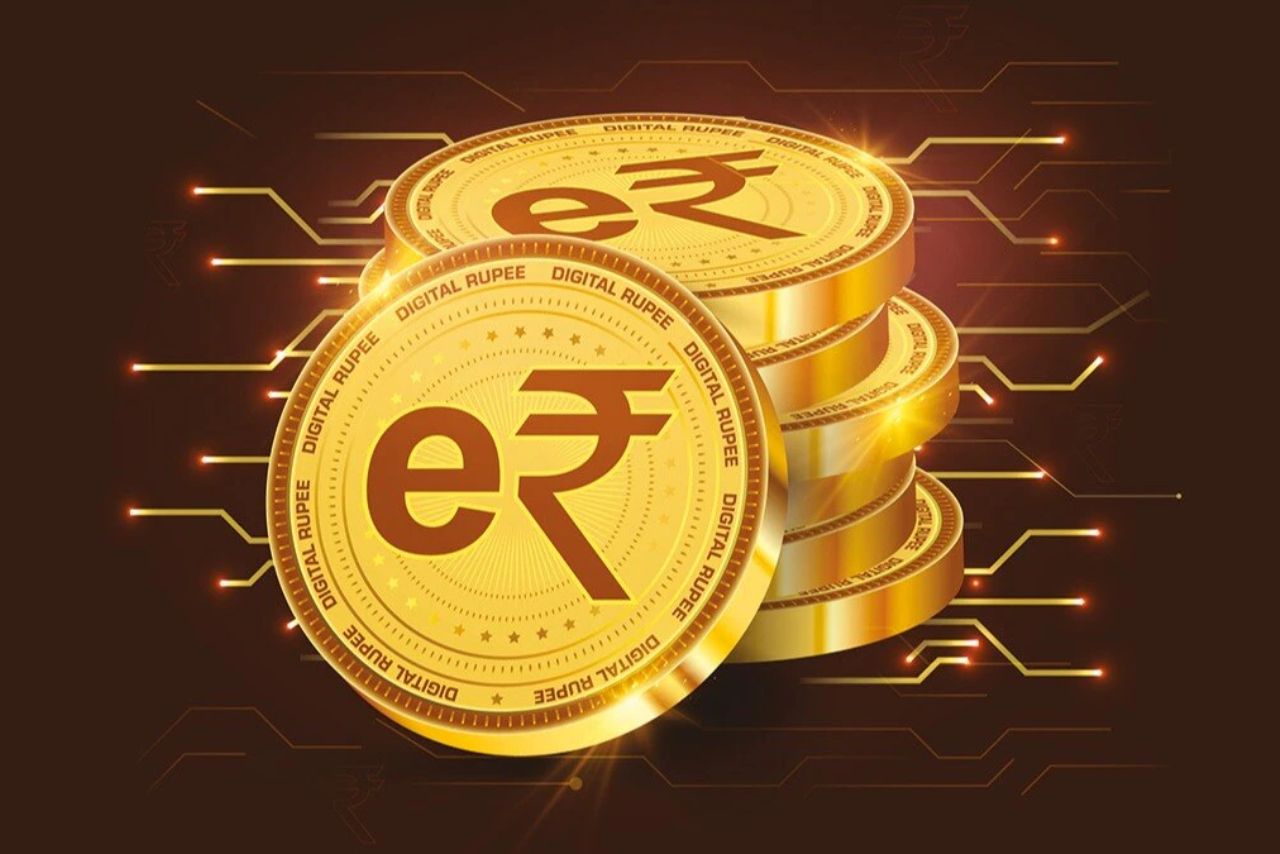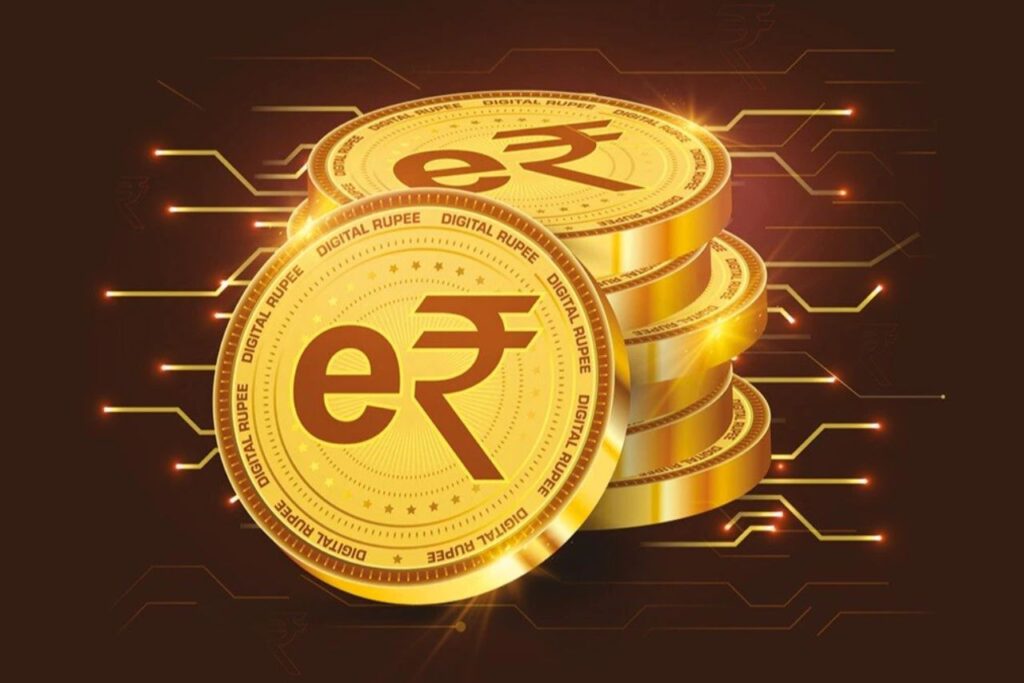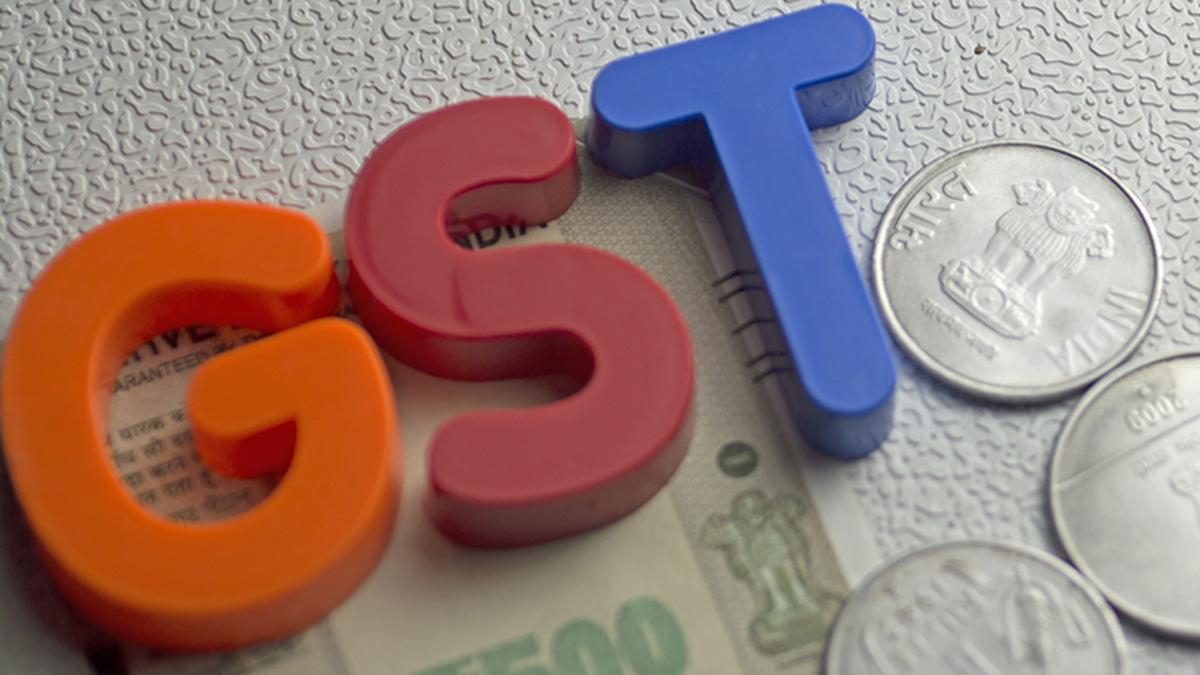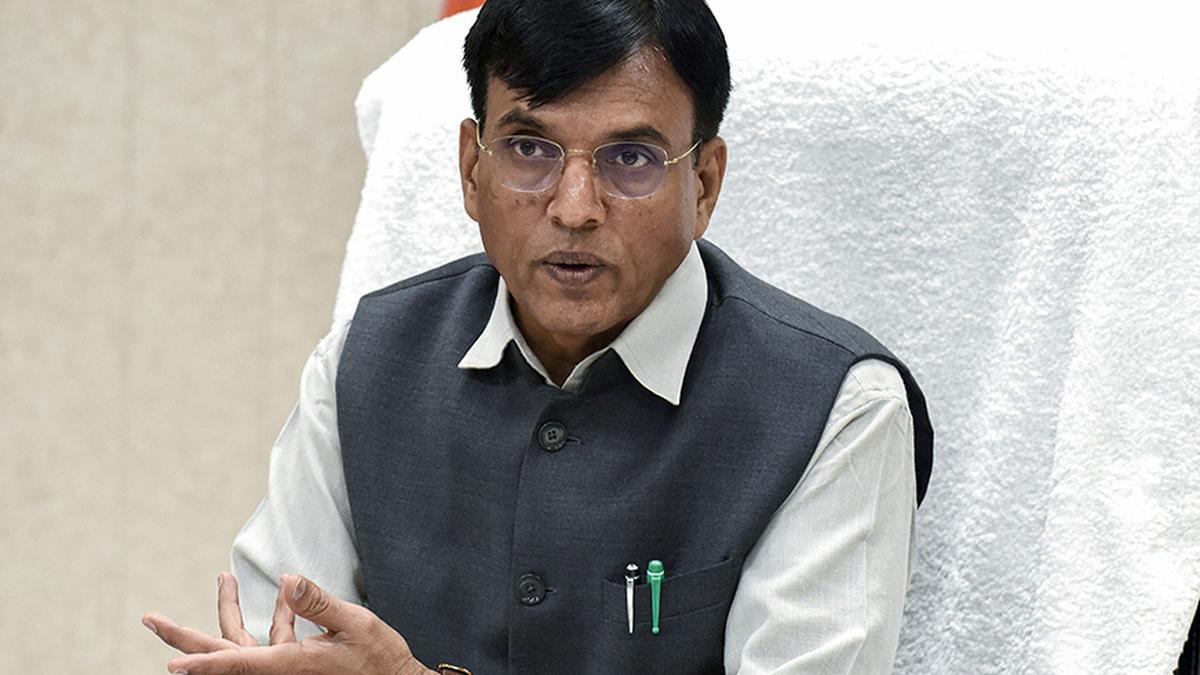E-Rupee: How India’s Digital Currency is Reshaping the Future of Payments
Synopsis– The article discusses India’s E-Rupee, which is a central bank digital currency launched by the Reserve Bank of India (RBI), and its intended purpose, features, benefits, challenges, differences from UPI and cryptocurrencies, as well as its sound future, in modernizing payments and improving financial inclusion. As digital transformation takes hold in India, the E-Rupee […] The post E-Rupee: How India’s Digital Currency is Reshaping the Future of Payments appeared first on Trade Brains.


Synopsis– The article discusses India’s E-Rupee, which is a central bank digital currency launched by the Reserve Bank of India (RBI), and its intended purpose, features, benefits, challenges, differences from UPI and cryptocurrencies, as well as its sound future, in modernizing payments and improving financial inclusion.
As digital transformation takes hold in India, the E-Rupee (e₹)—a central bank digital currency issued by the RBI—is taking shape as a digitized, sovereign alternative to volatile cryptocurrencies. Different from private digital assets, it aims to digitize payments, increase transparency, foster financial inclusion, and work alongside cash, aiming to become a key component of India’s digital economy.
Why India Needs an E-Rupee
The Reserve Bank of India (RBI) rolled out the E-Rupee for some specific purposes
- Sovereign Alternative: To give users a secure, government-backed digital store of value that can start to mitigate the price volatility and unregulated nature of private cryptocurrencies.
- Cost Efficiency: By planning for the rupee to be digital, the RBI hopes to reduce the costs and logistical overhead of printing, storing, and distributing physical cash.
- Modernization of Payments: The e-Rupee is aimed at creating faster, safer, and more innovative payment systems, based on India’s existing digital infrastructure, which is already a global leader in quality and resilience.
- Global Alignment: With over 100 countries experimenting with Central Bank Digital Currencies (CBDCs) in advance of potential rollouts, India is now aligned with this global phenomenon through the introduction of phased retail (CBDC-R) and wholesale (CBDC-W) pilots starting in late 2022, involving 17 banks and millions of users.
Key Features of E-Rupee
- Digital Legal Tender: E-Rupee (e₹) is a central bank digital currency and is legally equivalent to physical cash. It is a direct liability of the Reserve Bank of India.
- Two Forms: Retail (CBDC-R): For individuals and merchants, enabling person-to-person (P2P) and person-to-merchant (P2M) payments.
- Wholesale (CBDC-W): For use by financial institutions, enabling interbank settlements and for conducting large value payments.
- Mode of Use: Transactions occur through secure digital wallets offered by participating banks within the ecosystem. Payments can be made through secure QR codes, mobile numbers, or SMS.
- Offline Capability: The ecosystem supports the ability to transact offline, allowing its use in low-connectivity environments.
- Integration with Existing Systems: Each digital token issued corresponds to current notes and coins in circulation, and the intention is to build an interoperable solution to India’s UPI network for a better overall digital payment ecosystem.
Benefits of the E-Rupee
- Efficiency: Transactions are instantaneous and low-cost without intermediaries, streamlining domestic payments.
- Transparency and Security: The use of secure systems reduces levels of counterfeit currency, theft, and fraud.
- Financial Inclusion: Its offline capacity ensures that underserved rural areas can also benefit from the use of digital payments.
- Policy impact: An increased visibility of money flows allows the RBI to enact monetary policies that are much more efficient.
- Cost savings: E-Rupee will significantly decrease the recurring costs of printing, shipping, and storing hard cash.
- Government Transfers: Subsidies and welfare benefits that are delivered directly and accountably will increase accountability and reduce waste or corruption.
Challenges and Concerns
- Cybersecurity Threats: The nature of an entirely digital system leaves it vulnerable to hacks, breaches and other “cyber-risks”.
- Privacy Issues: Finding an acceptable balance between transaction traceability for the RBI and user privacy is a challenge.
- Digital Divide: Digital literacy and infrastructure, especially in many rural parts of India, is likely to impact adoption.
- Banking Impact: If users move towards CBDCs, then the amount deposited in banks may decline, which could impact banks’ capacity to lend money.
- Adoption Barriers: Financing the required infrastructural technology and the necessary investments for creating public awareness will be significant.
E-Rupee vs UPI
- Nature:
- UPI – A payment platform for the movement of funds across bank accounts.
- E-rupee – A form of digital currency itself, issued by the RBI.
- Settlement:
- UPI – The transfers happen using banks and are routed through banks and NPCI.
- E-rupee – They are settled directly on the RBI’s ledger, using the digital rupee as a medium. No intermediaries are involved.
- Connectivity:
- UPI – Requires internet and a live bank account linked to it.
- E-rupee – Can also function offline through a digital wallet.
E-Rupee vs Cryptocurrencies
- Backing:
- Cryptocurrency – Private, decentralised, unregulated.
- E-Rupee – Fully sovereign-backed and centralized.
- Stability:
- Cryptocurrency – Highly volatile and speculative.
- E-Rupee – Stable 1:1 value with Indian rupee.
- Legal status:
- Cryptocurrency has no legal tender status.
- E-Rupee – Has legal tender status and is regulated by the RBI.
Future Outlook
- Nationwide Expansion: RBI intends to expand retail and wholesale pilot programs nationwide.
- Integration with Digital Platforms: Interoperability with UPI and other payment methods is paramount.
- Cross-Border Potential: Future phases may enable cross-border trade and remittance transactions using the E-Rupee.
- Success Factors: Requires strong cybersecurity, user education programs, and upgrades to the necessary infrastructure for inclusive and secure implementation.
Conclusion
The E-Rupee is a significant milestone in India’s digital economy. As the first CBDC in the G20 context, E-Rupee is built to supplement cash and UPI and can enable faster, secure payments and promote financial inclusion materially. With inherent elements of security, privacy, and accessibility, it has the potential to reshape the payment ecosystem and fundamentally advance the financial future of India.
Written by N G Sai Rohith
The post E-Rupee: How India’s Digital Currency is Reshaping the Future of Payments appeared first on Trade Brains.
What's Your Reaction?







































































































